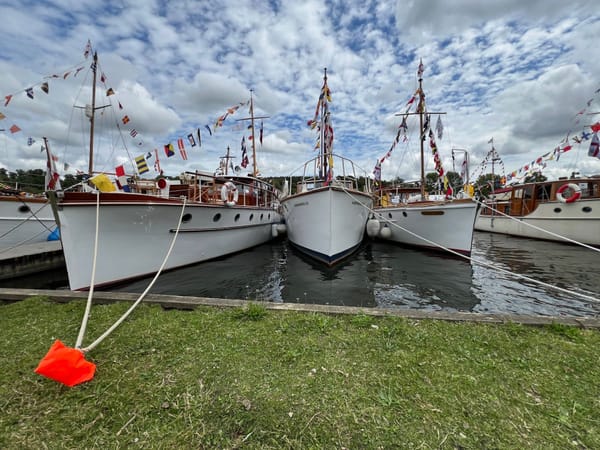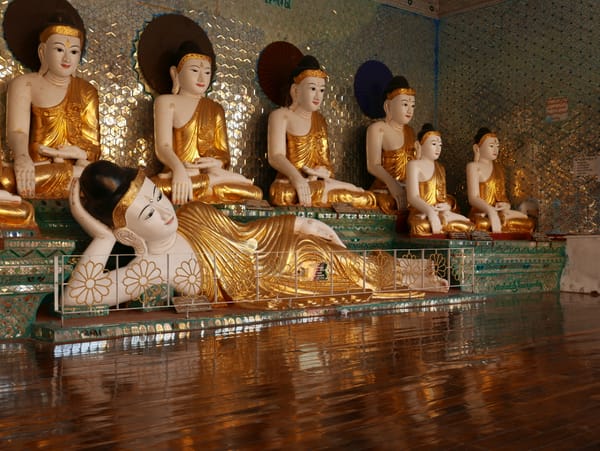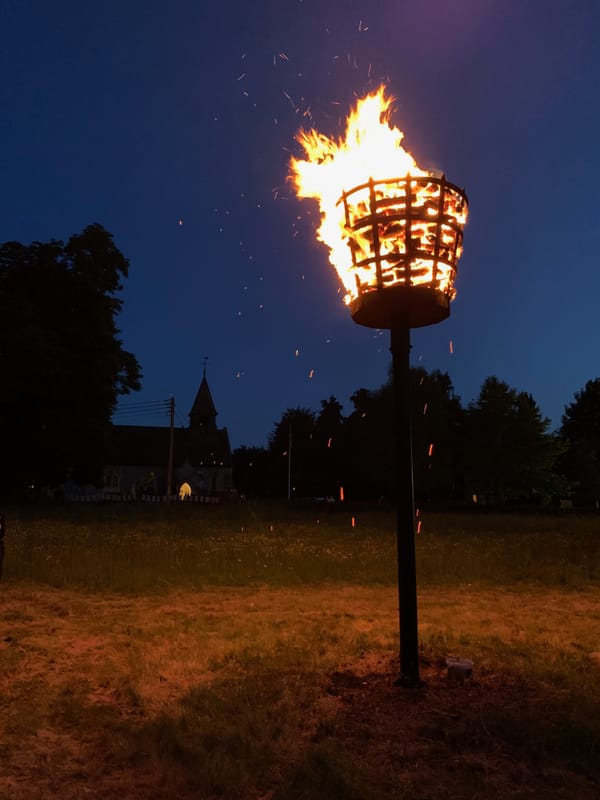Cambodia — Day 1: Angkor Wat Temple (អង្គរវត្ត), Angkor Archaeological Park, Angkor, Cambodia — the carvings (part 2 of 2)
Stunning carvings but overall, not a great experience
September 2015
In part one — Cambodia — Day 1: Angkor Wat Temple (អង្គរវត្ត), Angkor Archaeological Park, Angkor, Cambodia — the buildings — (part 1 of 2) — I wrote about the amazing architecture of Angkor Wat. The temple complex was impressive. I had never seen anything like it. The only things that detracted from the experience were the crowds and the awful rainy weather.
Luckily, Angkor Wat contains several long galleries, walkways and enclosed areas so that I could shelter from the rain.
While sheltering from the rain, I looked at the carvings on the walls; they were spectacular. Without the bad weather, I doubt I would have spent so much time looking at the wall reliefs. And, in not doing so, I would have missed out on my Angkor Wat experience. There were carvings on the walls, pillars, door surrounds, and ceilings for me to look at. The wall reliefs saved the visit.
The carvings represent different Hindu stories. And the level of craftsmanship in the cravings was amazing. Plus, it wasn't just the craftsmanship; the sheer amount of work had gone into producing all the carvings and reliefs. How many hours did this take?
One thing I liked was that I could get close to the carvings. If this work was displayed elsewhere, it would now be behind glass. There were some ropes to prevent you from getting too close, but you could, if you wanted, lean in and touch the carvings. Getting so close to the work was a privilege and a delight. But, there was a downside to this. If you look at the photographs below, you may see that some of the stonework appears a little dark or even shiny. Some of these changes in a stone may be from the oils and grease of the skin of people touching the work. Or, it could be from microbes, biochemical processes, and pollution accelerating the carvings’ destruction. The site has also been damaged due to war and art theft.
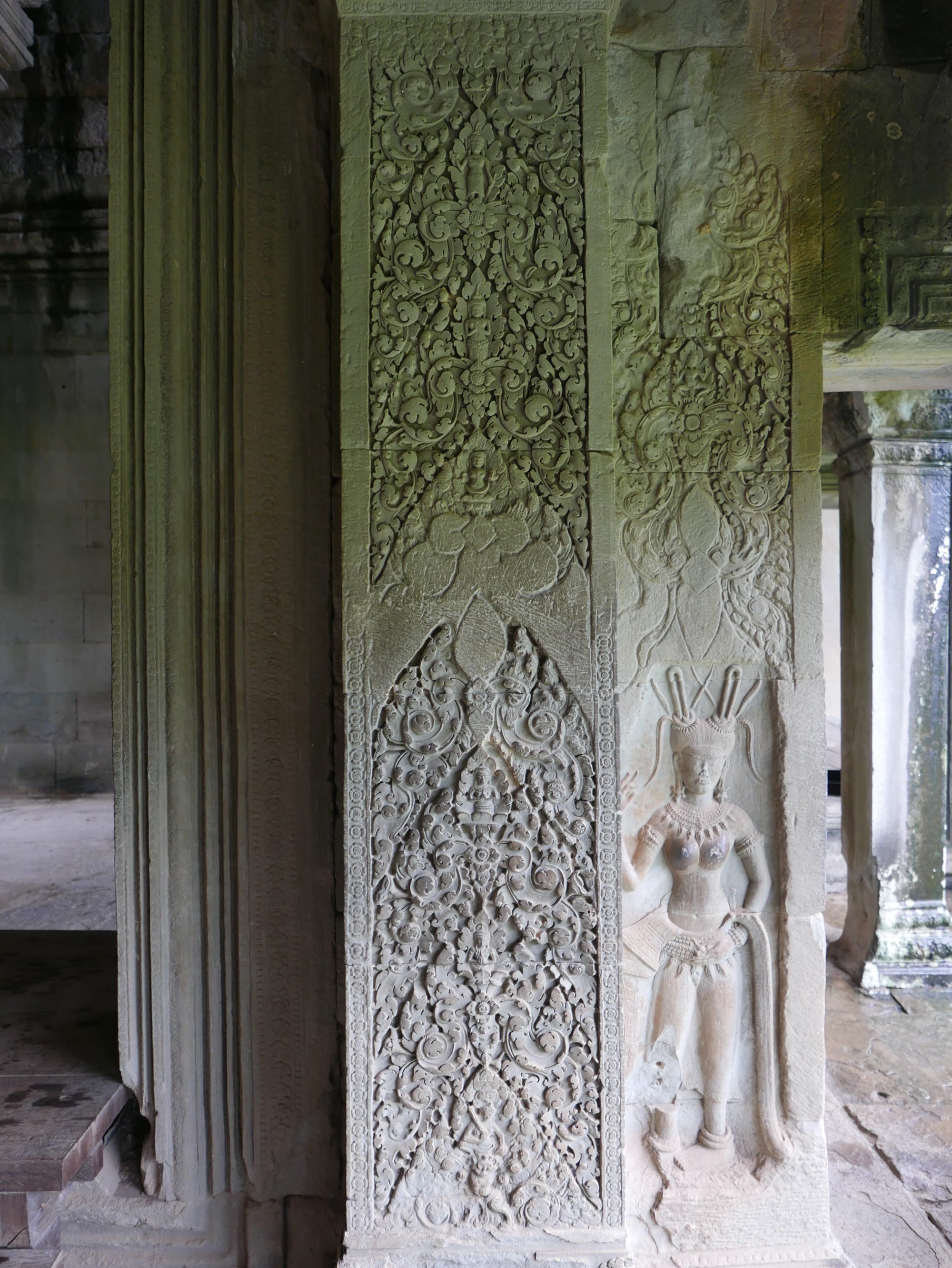
In the above photograph, notice the darkening of the stone on certain parts of the anatomy of the carved figure.
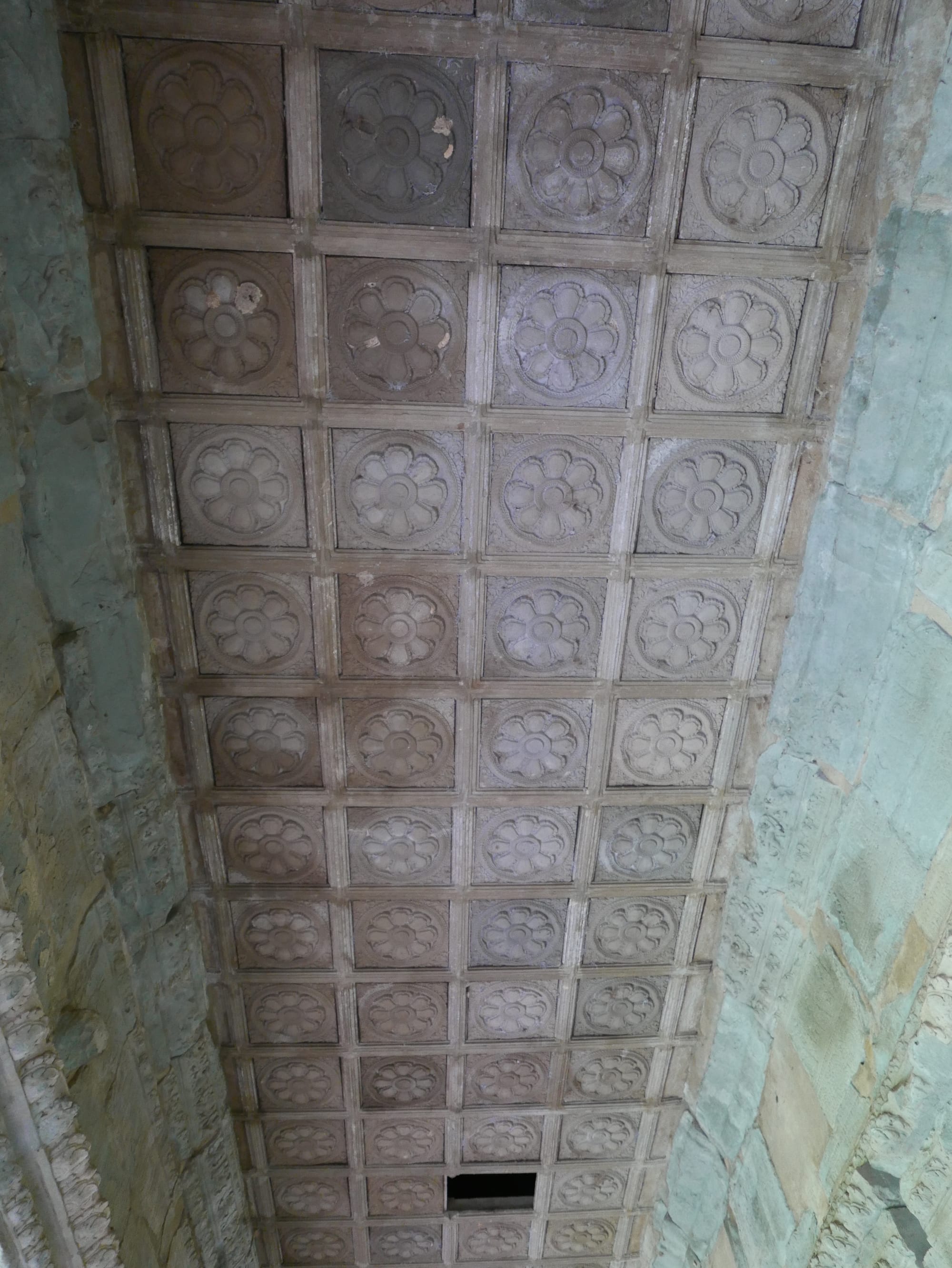
In reliefs, where there were repeated objects, such as the soldiers in the photograph below, if you look closely, you will see that the soldiers are unique. Each one is a little bit different.
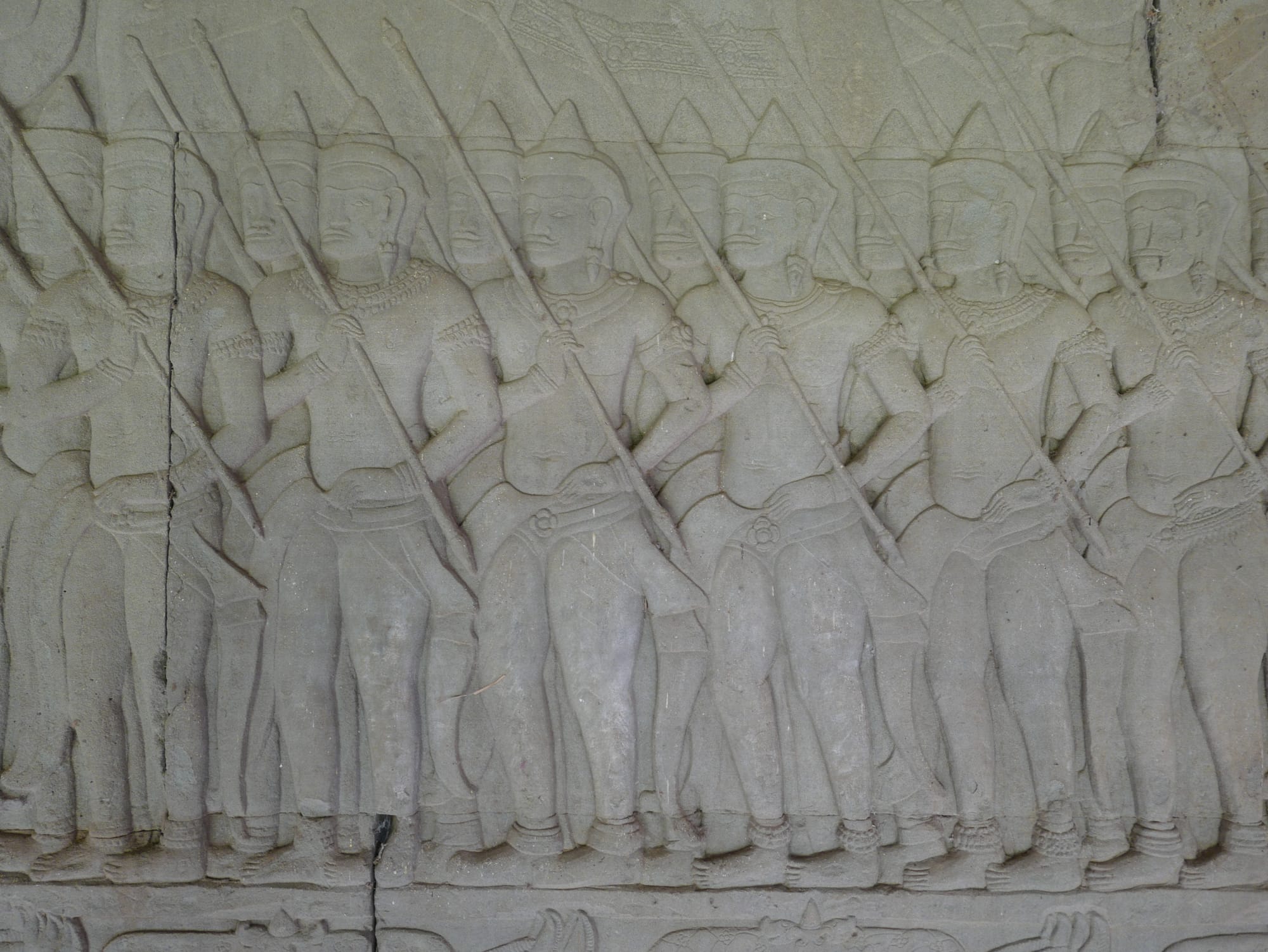
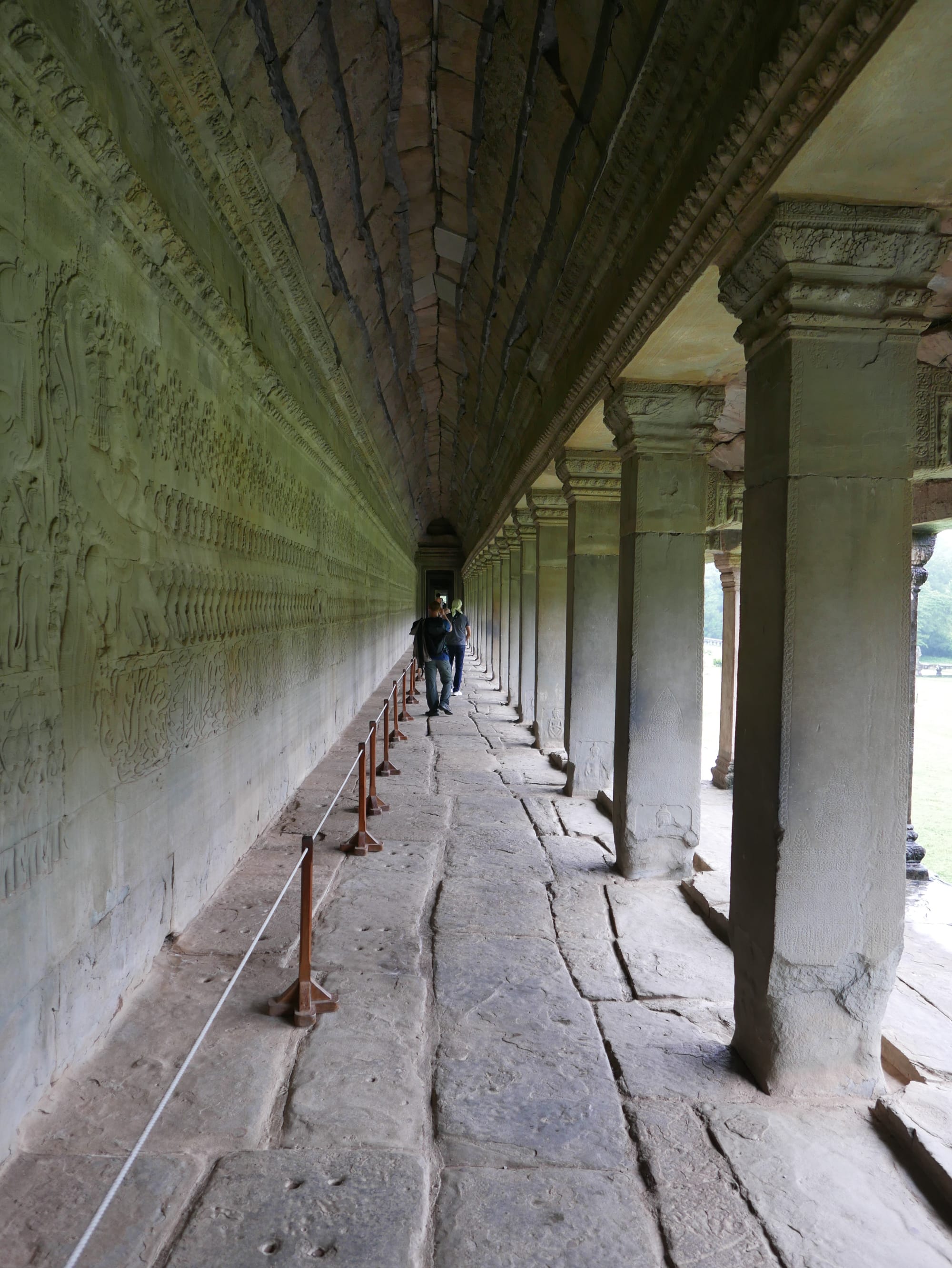
Again, in the photograph below, you can see the level of detail in the carving. Also, you can see staining on the stone from where people may have repeatedly touched the relief. Or is there another cause?
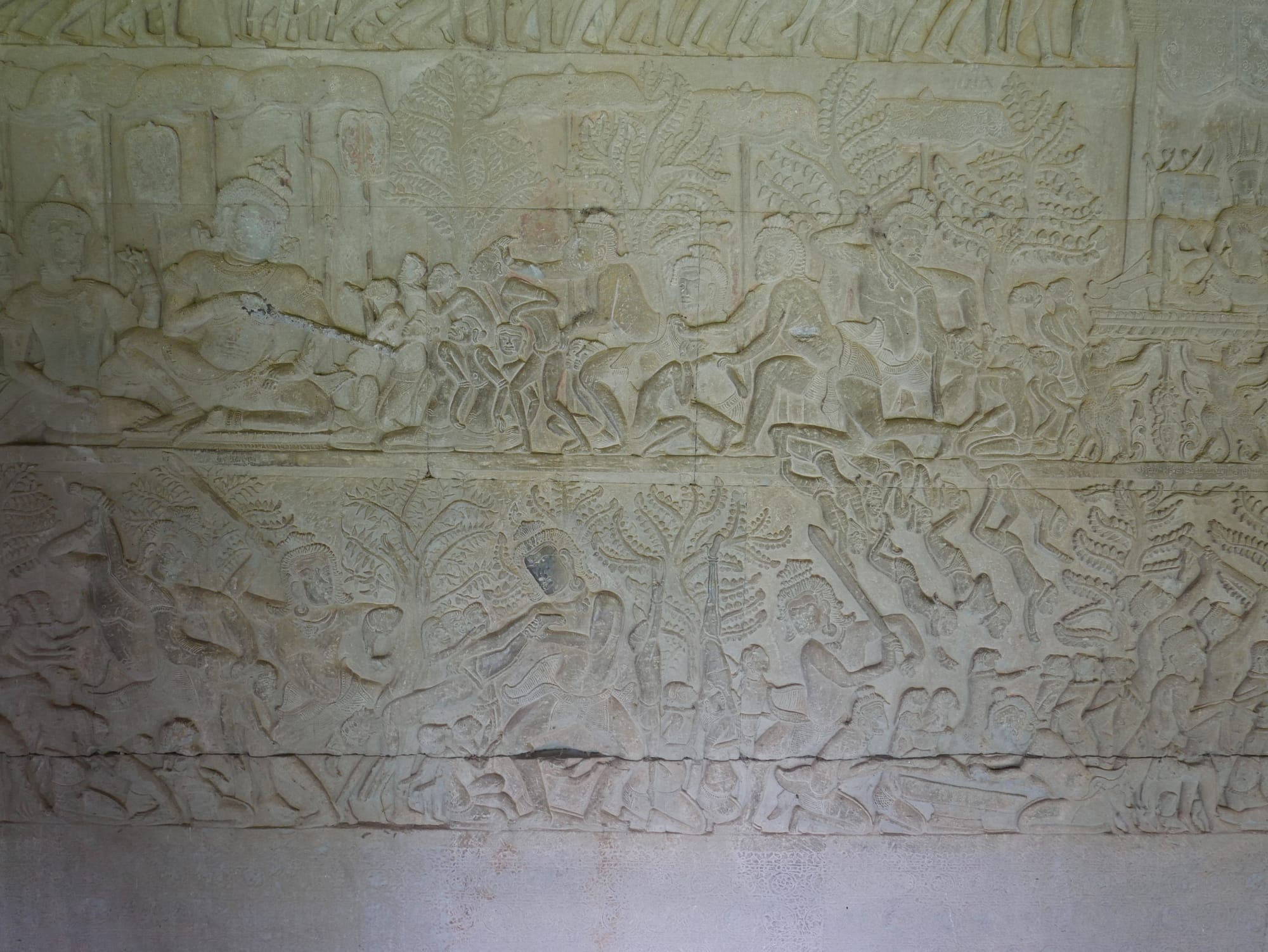
Below is another example of a carved relief in Angkor Wat. And here, you can see more damage, with the stone darkened and smoothed by, presumably, people touching it.
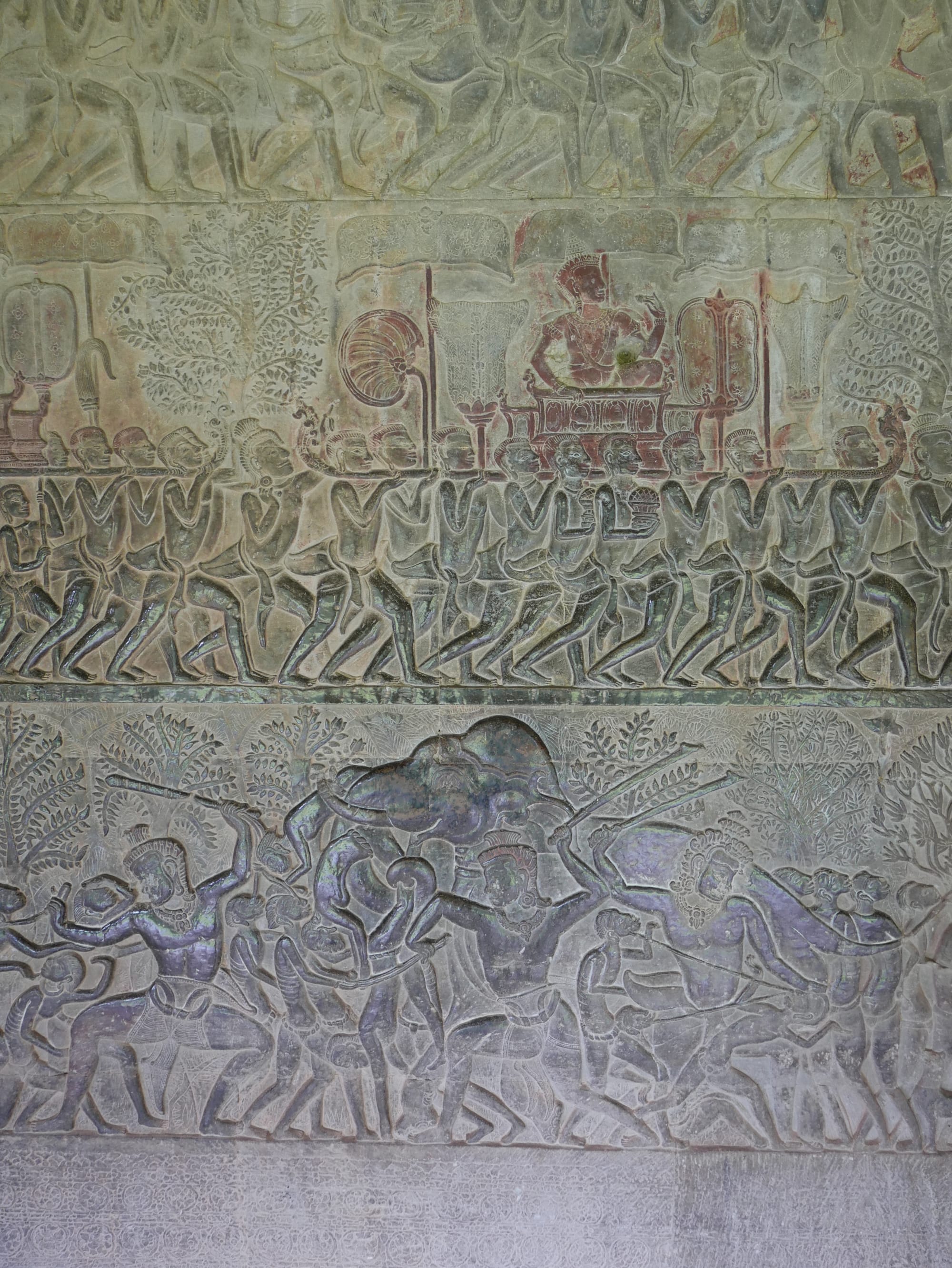
If you look at the head of the horse and the riders in the photo below, there is a hint of colour. Were the wall reliefs once painted? Or is this later damage caused by the growth of a microbe?
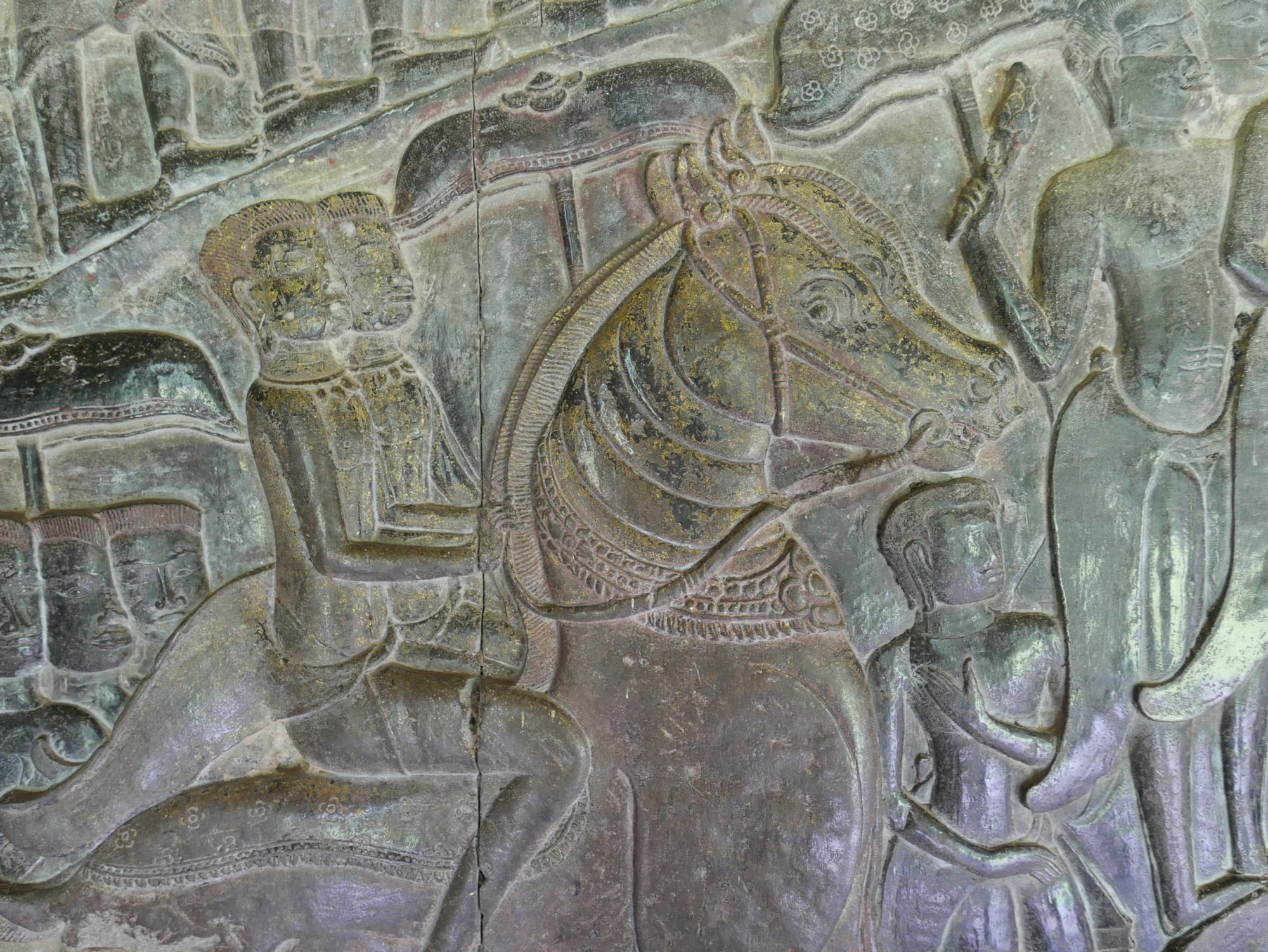
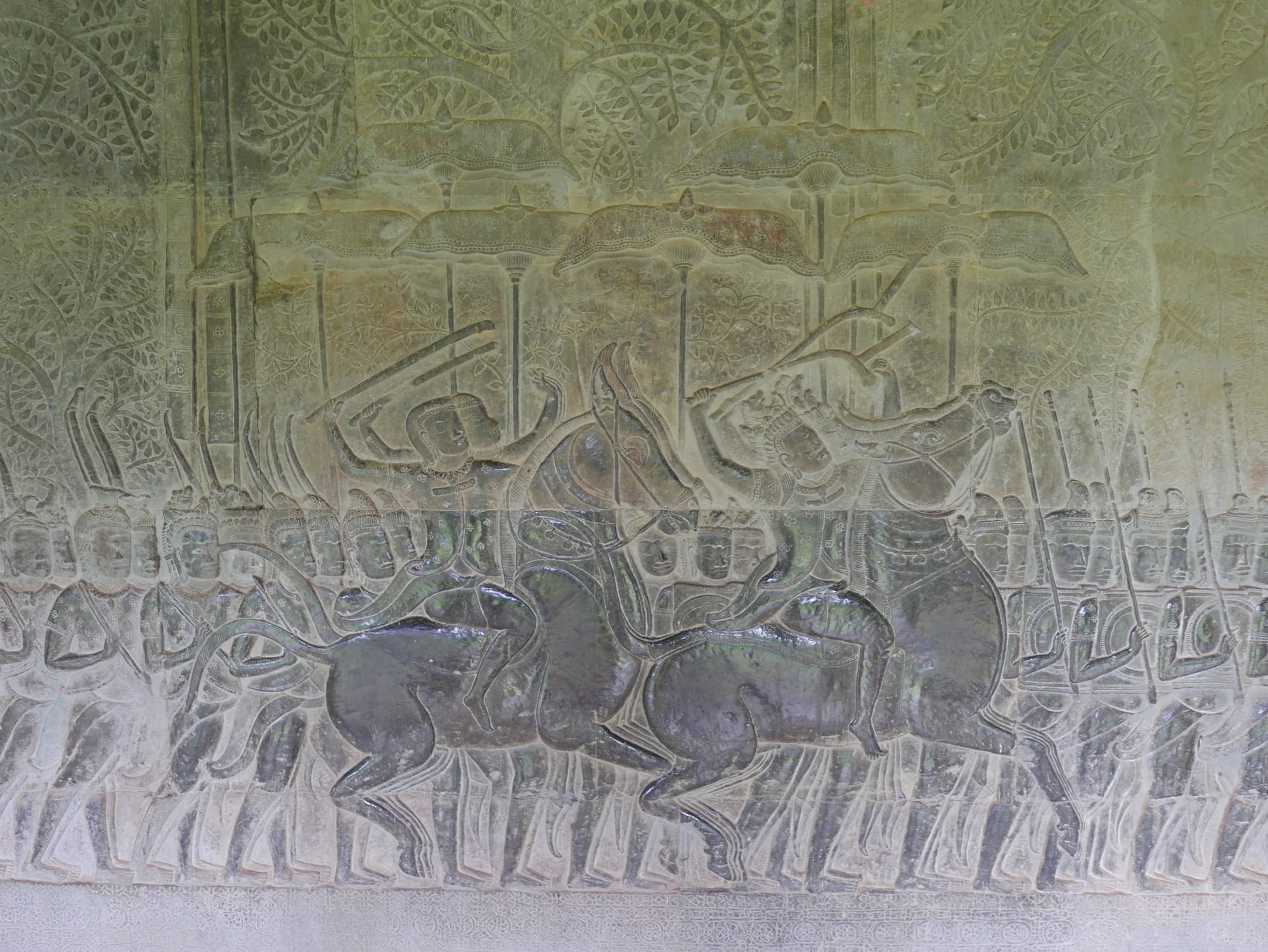
And why is there discolouration and wearing of the stone in the image below? Human touch? Something else?
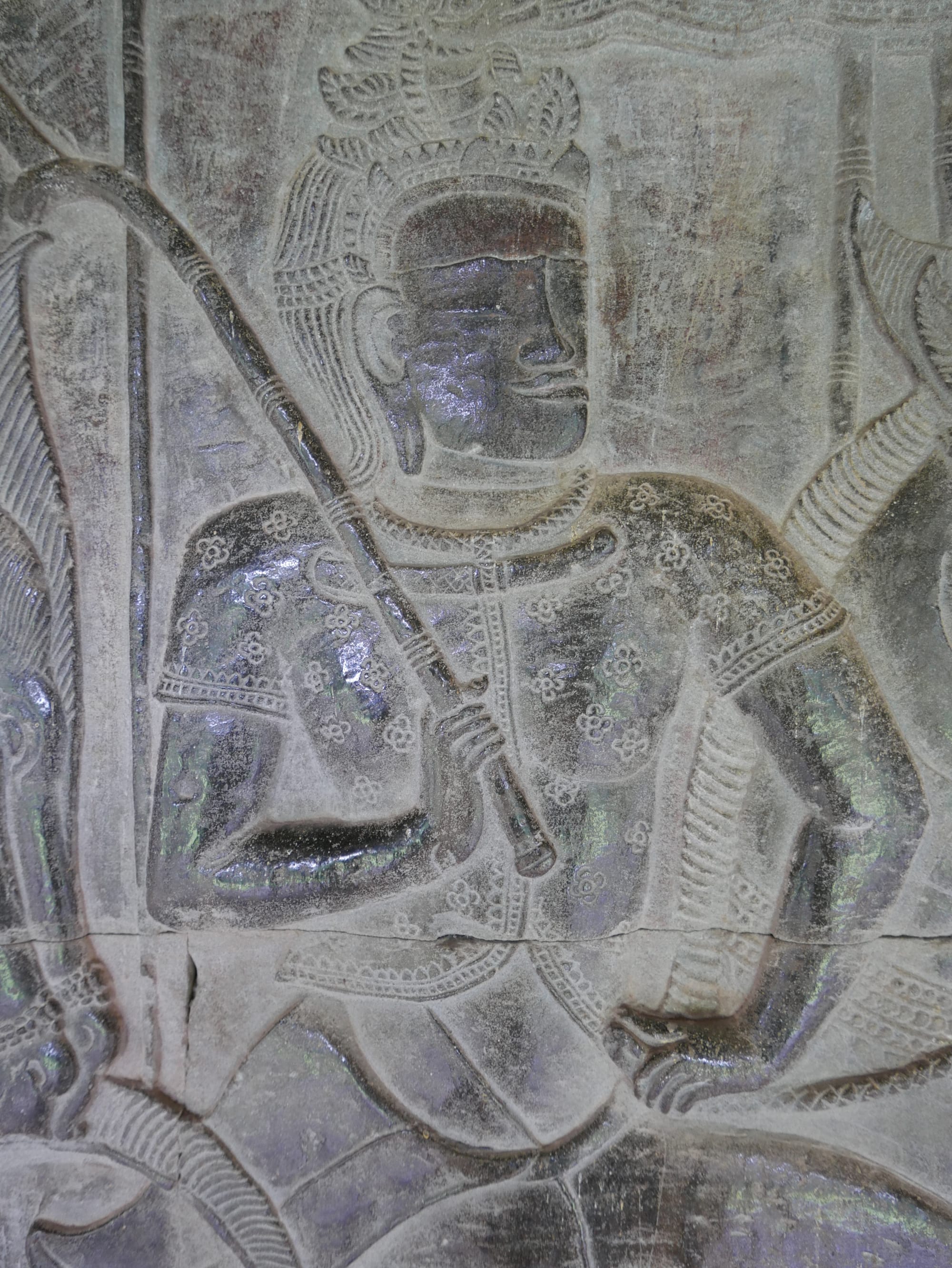
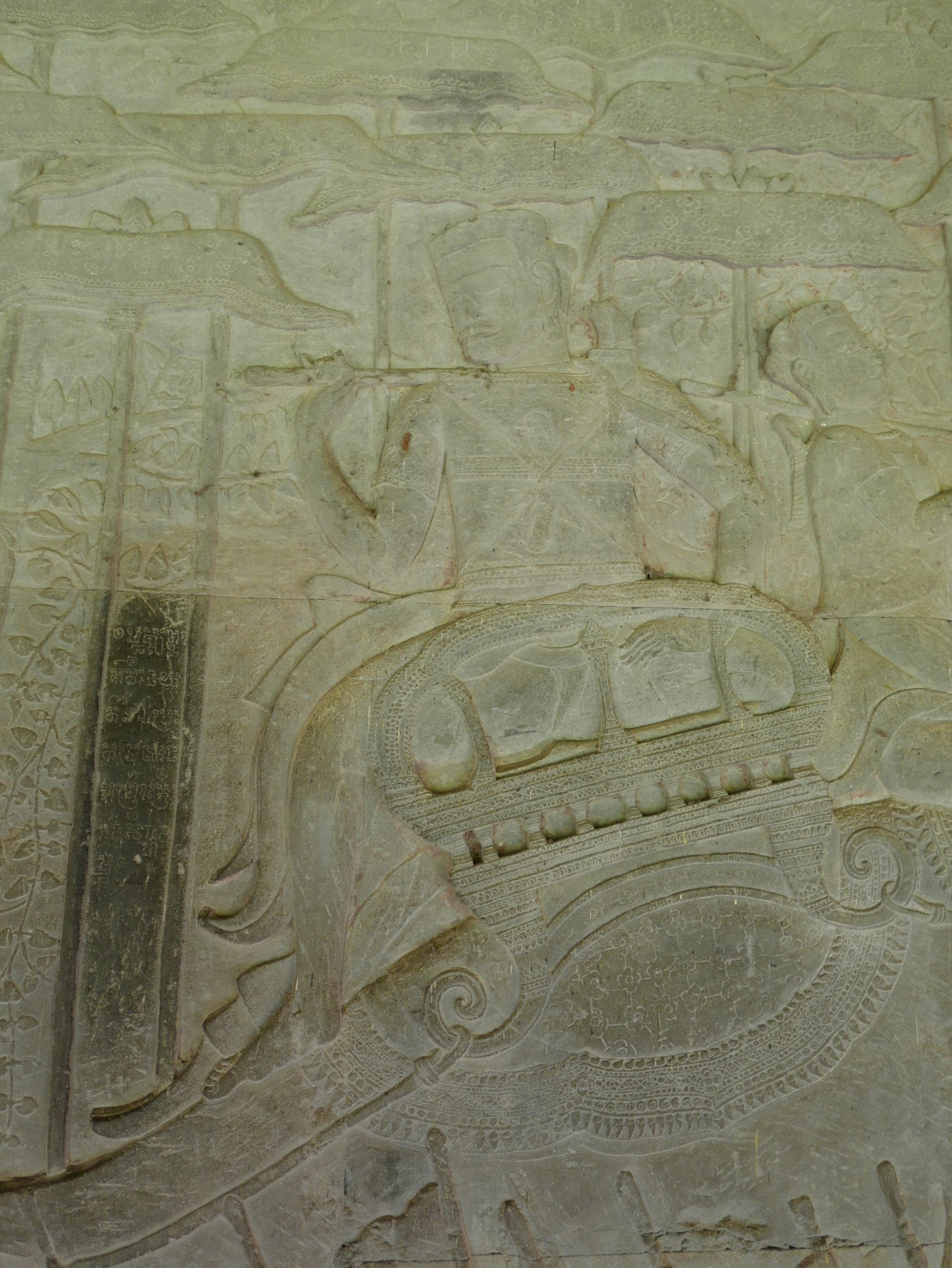
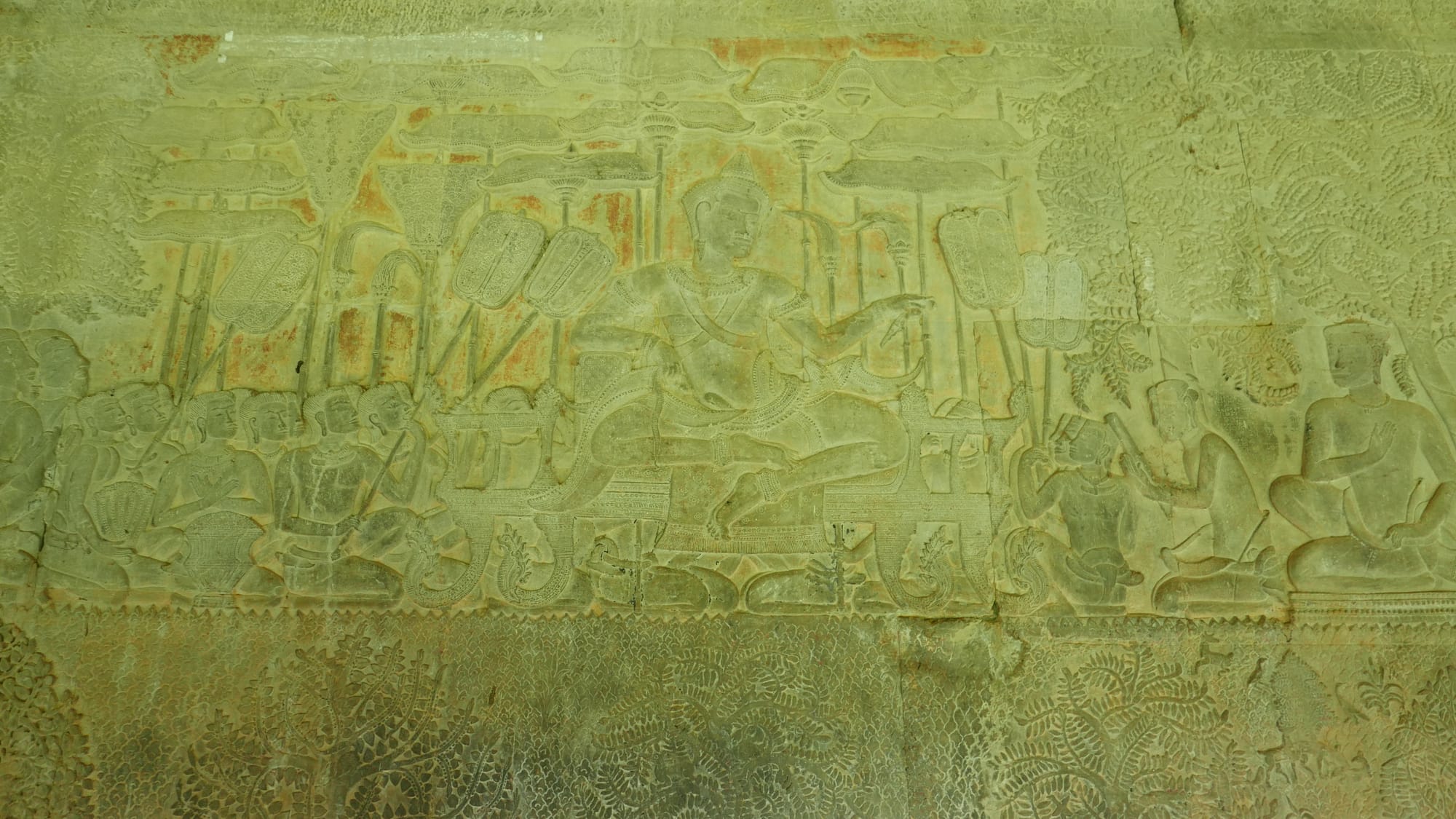
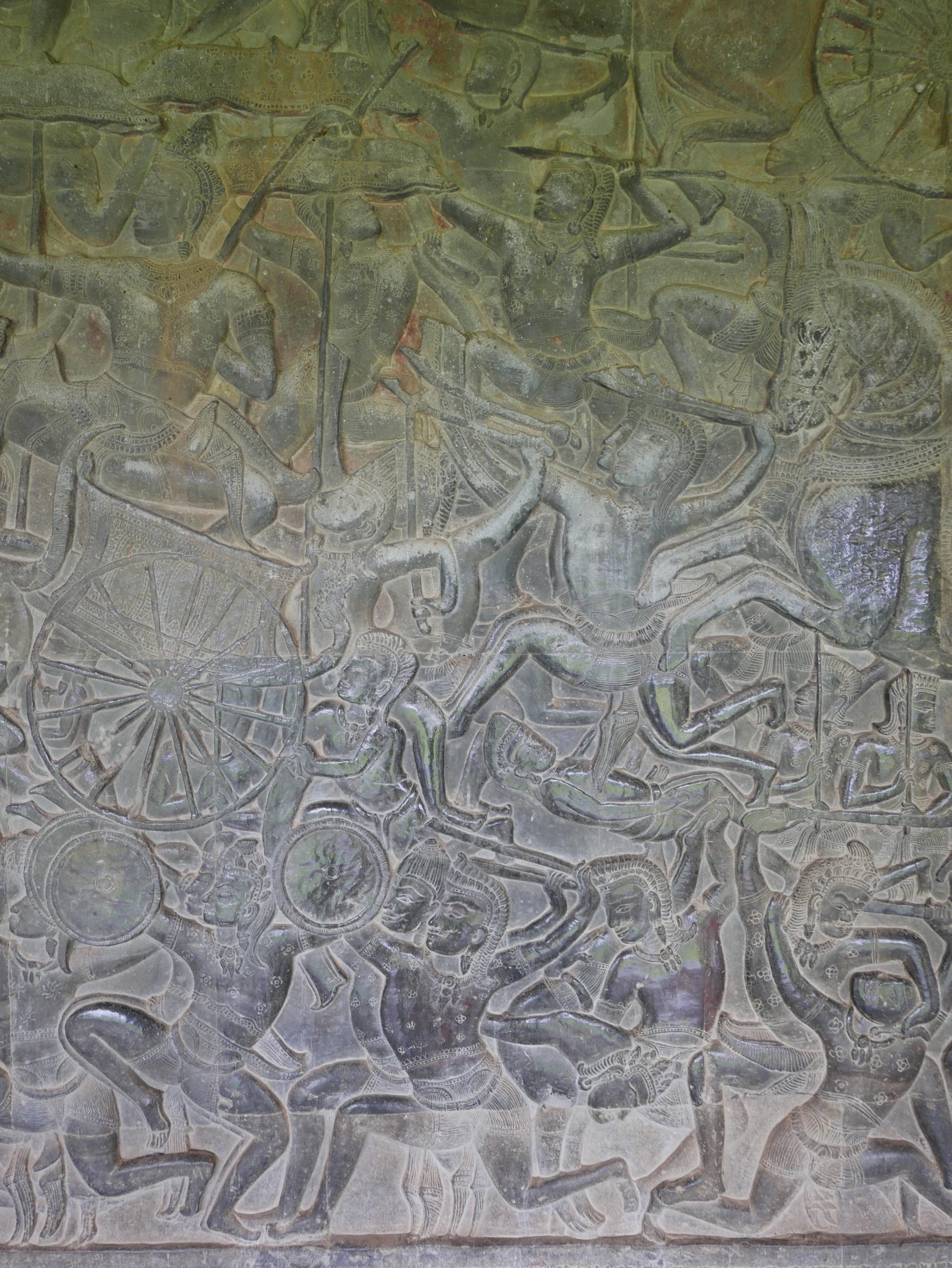
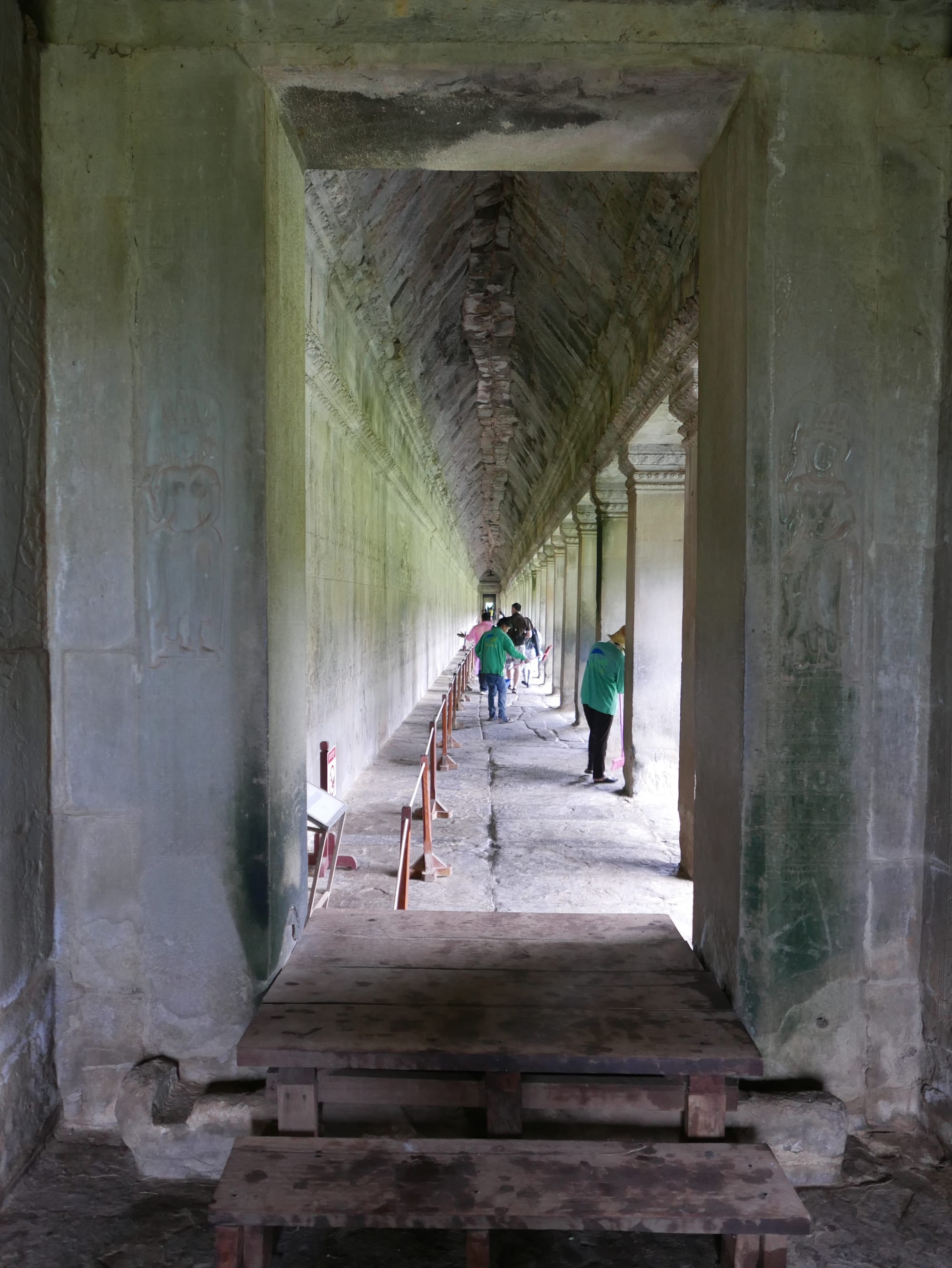
The craftsmanship at Angkor Wat was amazing. The place was impressive. But at the same time, I found my visit to be disappointing. Yes, this was an awe-inspiring archaeological wonder of the world, but I also found something sad about the place. I don't know if the rainy weather or all the other visitors caused the sadness, but something was missing. I had a "wow, this place is amazing" feeling, but it wasn't as intense or lasting as I was expecting. I found some of the “lesser" temples I visited later in my tour to be more memorable.
Foursquare: Angkor Wat (អង្គរវត្ត)
